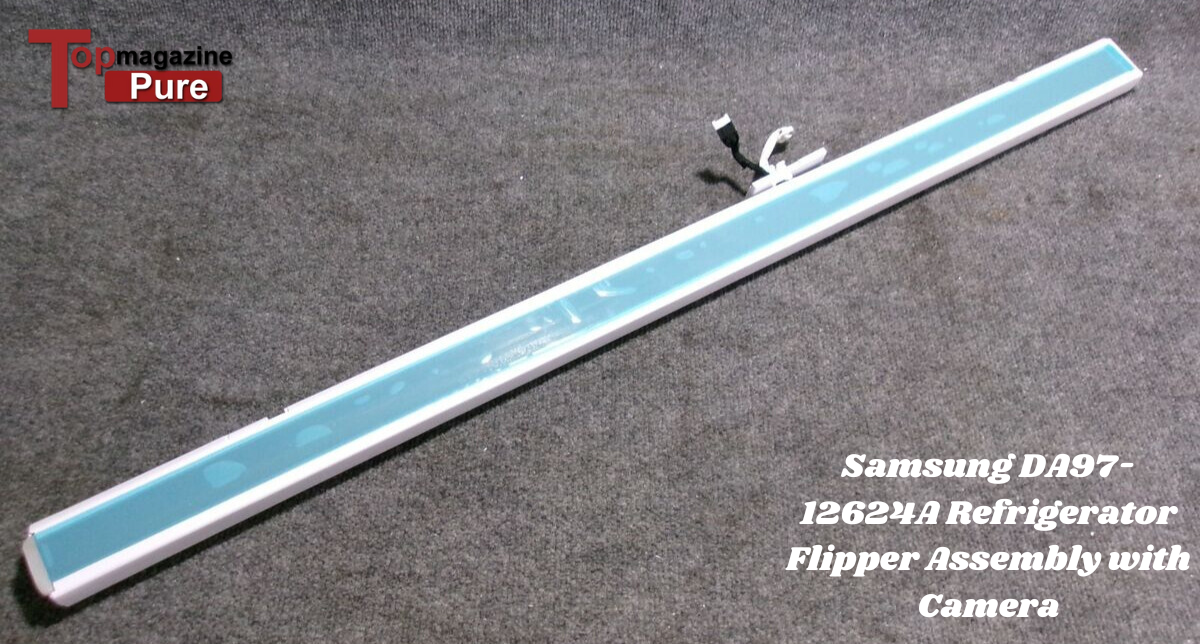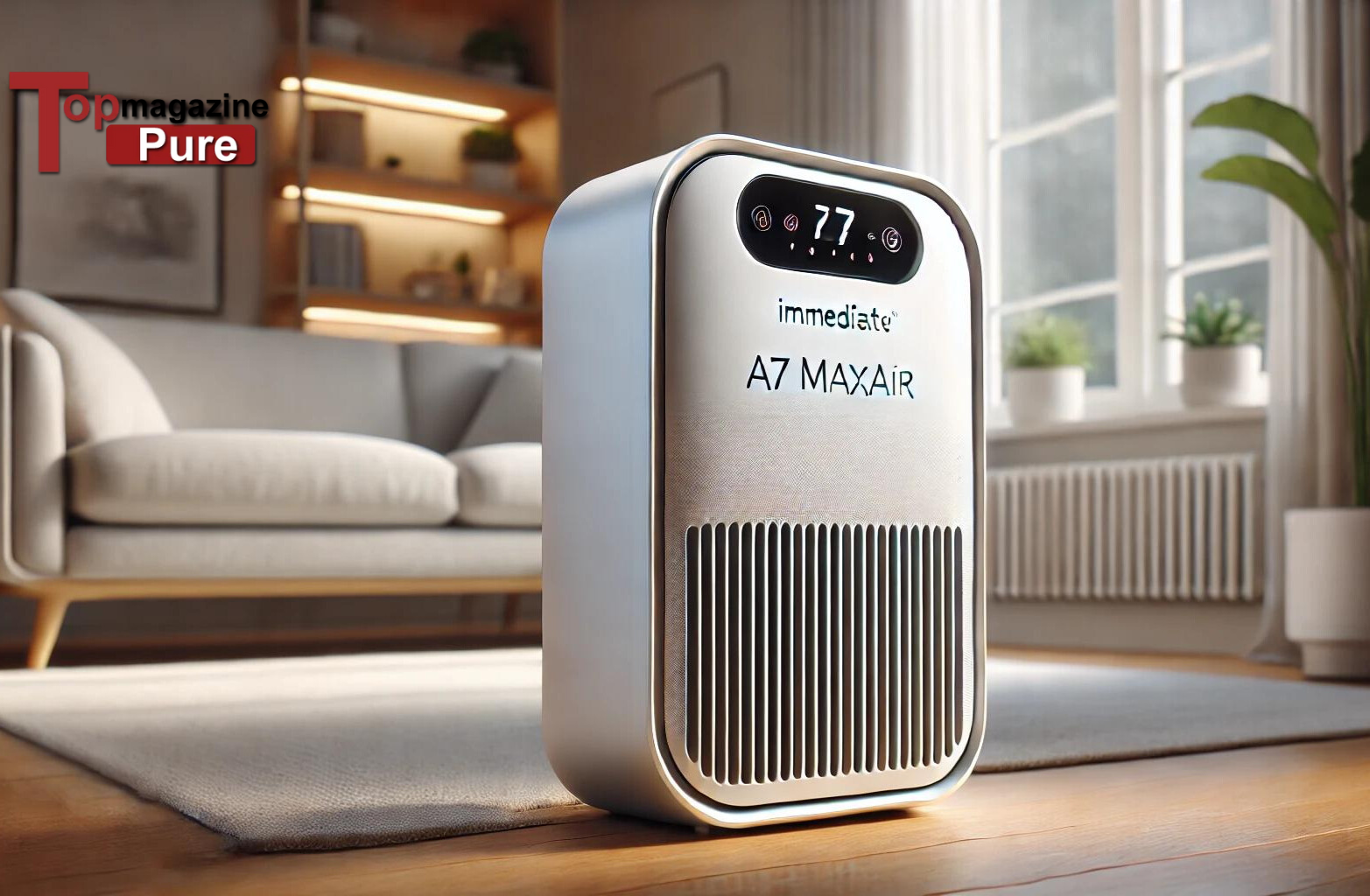Marine vessels often rely on advanced HVAC systems to ensure a comfortable environment for passengers and crew. One crucial component of many marine air conditioning systems is the Dometic CruiseAir STQ6-16 electrical box. This unit is critical to managing electrical functions, powering the air conditioning unit, and ensuring it operates effectively. This article will dive into the various aspects of the Dometic CruiseAir STQ6-16 electrical box, covering its features, installation, troubleshooting, and maintenance to understand this essential HVAC component comprehensively.
Introduction to the Dometic CruiseAir STQ6-16 Electrical Box
The Dometic CruiseAir STQ6-16 electrical box is a critical component in marine HVAC systems, designed specifically for Dometic’s CruiseAir air conditioning units. Marine air conditioning systems must often withstand unique environmental challenges such as saltwater exposure, high humidity, and limited space. This electrical box provides a durable and compact solution to house all the critical electrical parts that keep the HVAC system functioning efficiently.
The electrical box serves as the central control hub for the HVAC system, managing power flow, controlling circuits, and protecting the system from electrical surges. In this way, it contributes to both the performance and safety of the air conditioning unit, making it an essential component for maritime comfort and safety.
Key Features of the Dometic CruiseAir STQ6-16 Electrical Box
Durable and Compact Design
- The Dometic CruiseAir STQ6-16 electrical box is designed to withstand the marine environment. With a compact form factor, it’s ideal for the limited spaces on boats and yachts. The housing is usually made from corrosion-resistant materials, ensuring longevity even when exposed to saltwater.
Advanced Circuitry and Protection
- This electrical box is equipped with advanced circuitry that controls the power and operation of the air conditioning unit. It includes components such as fuses, relays, and capacitors to manage the electrical flow, which helps prevent potential damage from surges or short circuits.
Easy Integration with CruiseAir Units
- The Dometic CruiseAir STQ6-16 electrical box is designed for use with CruiseAir air conditioning units, ensuring seamless integration. This compatibility allows for efficient installation and smooth communication between the electrical components and the HVAC unit.
User-Friendly Wiring and Installation
- The box features user-friendly connections and wiring setups, making installation straightforward for technicians. Marked terminals and labels simplify the wiring process, reducing the risk of installation errors.
Installation Process of the Dometic CruiseAir STQ6-16 Electrical Box
Installing the Dometic CruiseAir STQ6-16 electrical box correctly is essential for optimal HVAC performance and safety. The following steps provide a general overview of the installation process:
Step 1: Safety Precautions
- Before starting the installation, disconnect all power sources to prevent any risk of electric shock. Ensure that the area around the installation site is dry and free of any conductive materials.
Step 2: Preparing the Electrical Box
- Ensure all components within the Dometic CruiseAir STQ6-16 electrical box are securely in place. Verify that all fuses, relays, and connectors are correctly positioned and functional.
Step 3: Mounting the Electrical Box
- Mount the electrical box close to the HVAC unit, protecting it from direct exposure to water or moisture. The box should be mounted on a flat, stable surface to prevent movement during rough sea conditions.
Step 4: Connecting Wires
- Follow the manufacturer’s wiring diagram to connect the electrical box to the HVAC unit. The labelled terminals make it easier to identify which wires go where. Secure each wire firmly to prevent disconnections or short circuits during operation.
Step 5: Power Testing
- Once the wiring is complete, restore the power and test the HVAC system. Ensure the air conditioning unit powers on and all functions operate correctly. Test the system for irregularities, such as unusual sounds or smells, which could indicate wiring or component issues.
Common Issues and Troubleshooting the Dometic CruiseAir STQ6-16 Electrical Box
Even with proper installation, issues with the Dometic CruiseAir STQ6-16 electrical box may occasionally arise. Here are some common issues and troubleshooting tips:
- Unit Fails to Start
- If the HVAC unit does not start, check the power supply to ensure it reaches the electrical box. Inspecting the box’s fuses as a blown fuse is a common reason for power failure. Replace any blown fuses and test the system again.
- Intermittent Power Loss
- Intermittent power loss can often be traced back to loose wiring connections within the Dometic CruiseAir STQ6-16 electrical box. Check all wiring connections and secure any that appear loose or disconnected.
- Overheating of Electrical Components
- Overheating can be due to a lack of ventilation or an overloaded circuit. Ensure that the electrical box is installed in a well-ventilated area. If overheating continues, replacing a relay or capacitor within the box may be necessary.
- Corrosion of Components
- Saltwater exposure can lead to corrosion within the electrical box over time. Regular inspection and maintenance are essential to prevent corrosion. In case of visible corrosion, clean the affected area and consider applying a protective spray to prevent future damage.
- Frequent Blowing of Fuses
- If fuses blow frequently, this could indicate an electrical overload. Check the power requirements of the HVAC unit to ensure it is compatible with the Dometic CruiseAir STQ6-16 electrical box. Replace any components that may be causing the overload.
Maintenance Tips for the Dometic CruiseAir STQ6-16 Electrical Box
Regular maintenance can help prolong the life of the Dometic CruiseAir STQ6-16 electrical box and ensure reliable performance.
- Inspect for Loose Connections: Periodically inspect all connections inside the electrical box. Over time, vibrations from the vessel can loosen connections, leading to performance issues.
- Clean and Protect Against Corrosion: Apply anti-corrosion spray to terminals and other metal parts. If there is any visible corrosion, clean it promptly and take steps to prevent further damage.
- Replace Worn Components: Check components like fuses and relays regularly. Replace any parts that show signs of wear or have exceeded their lifespan.
- Monitor Temperature: Overheating can damage the electrical box. Ensure that the area surrounding the box is well-ventilated, especially in confined spaces.
- Conduct Annual Professional Inspection: Having a marine HVAC professional inspect the electrical box annually can identify any underlying issues that may require specialized tools or knowledge.
Why Choose the Dometic CruiseAir STQ6-16 Electrical Box?
The Dometic CruiseAir STQ6-16 electrical box is designed to meet the specific needs of marine environments, providing a reliable and efficient power management solution. Its durability, compact design, and compatibility with CruiseAir HVAC units make it a top choice for marine professionals. By opting for this electrical box, vessel operators can ensure safe and effective HVAC system performance, which is essential for passenger comfort and equipment reliability.
Conclusion: The Importance of the Dometic CruiseAir STQ6-16 Electrical Box in Marine HVAC Systems
The Dometic CruiseAir STQ6-16 electrical box is much more than a simple power box—it is a crucial component for ensuring optimal HVAC performance on marine vessels. From installation to troubleshooting and maintenance, understanding the role and function of this electrical box can help operators maintain a comfortable and safe environment onboard.
Regular inspections, timely maintenance, and knowledge of common issues will help extend the life of this essential piece of equipment. For anyone operating or managing marine HVAC systems, the Dometic CruiseAir STQ6-16 electrical box is a valuable asset that, when properly managed, will continue to deliver reliable performance even in a challenging marine environment.







